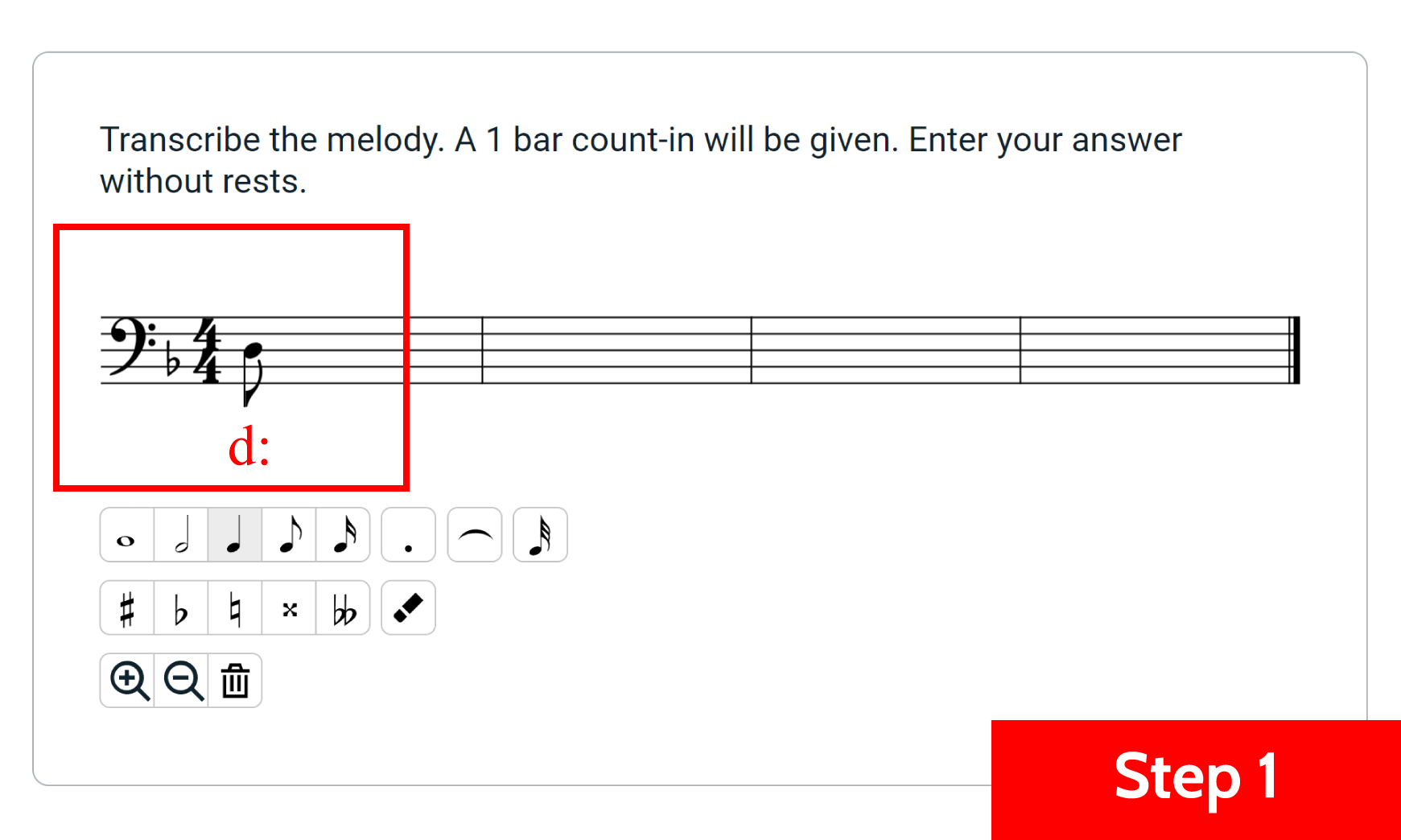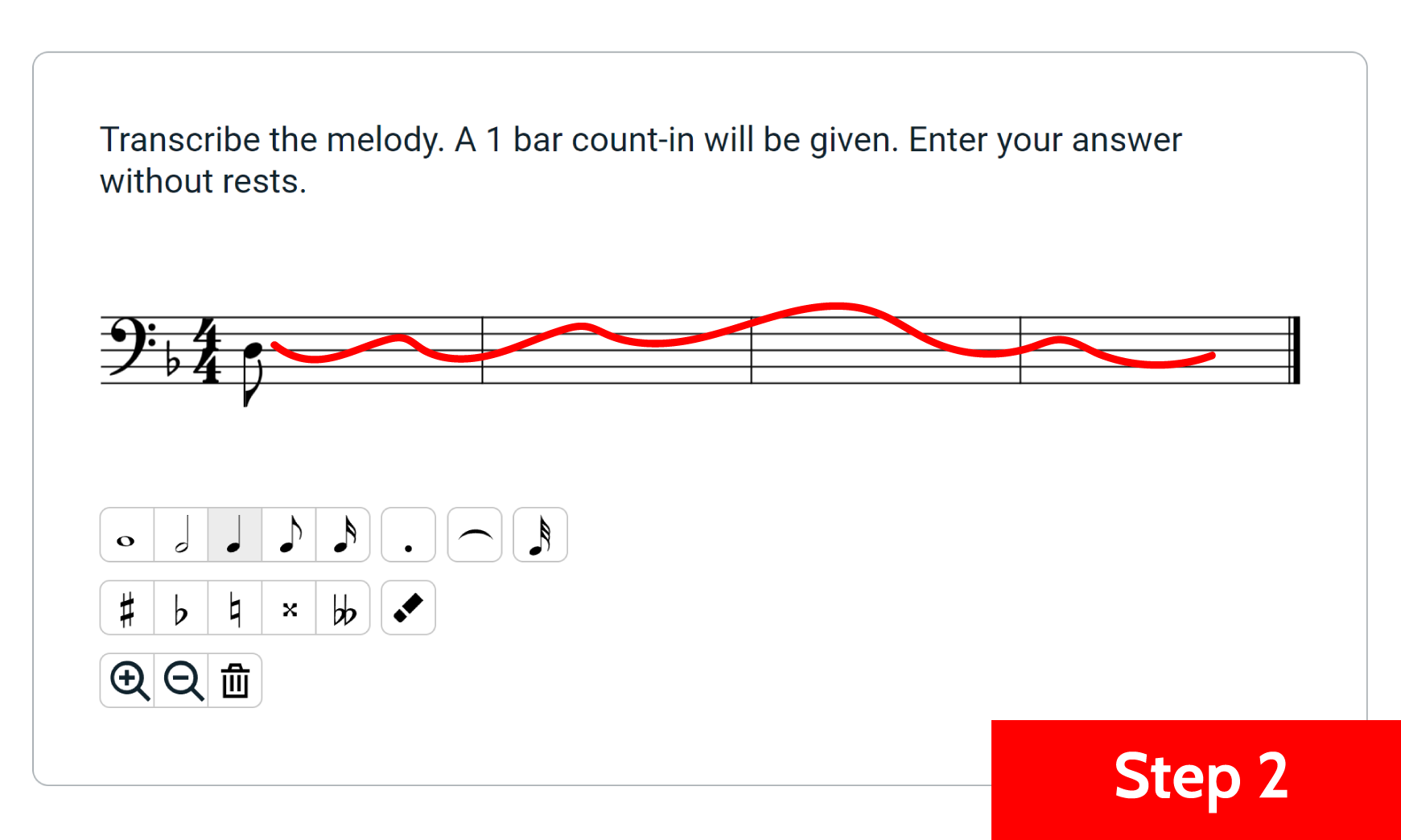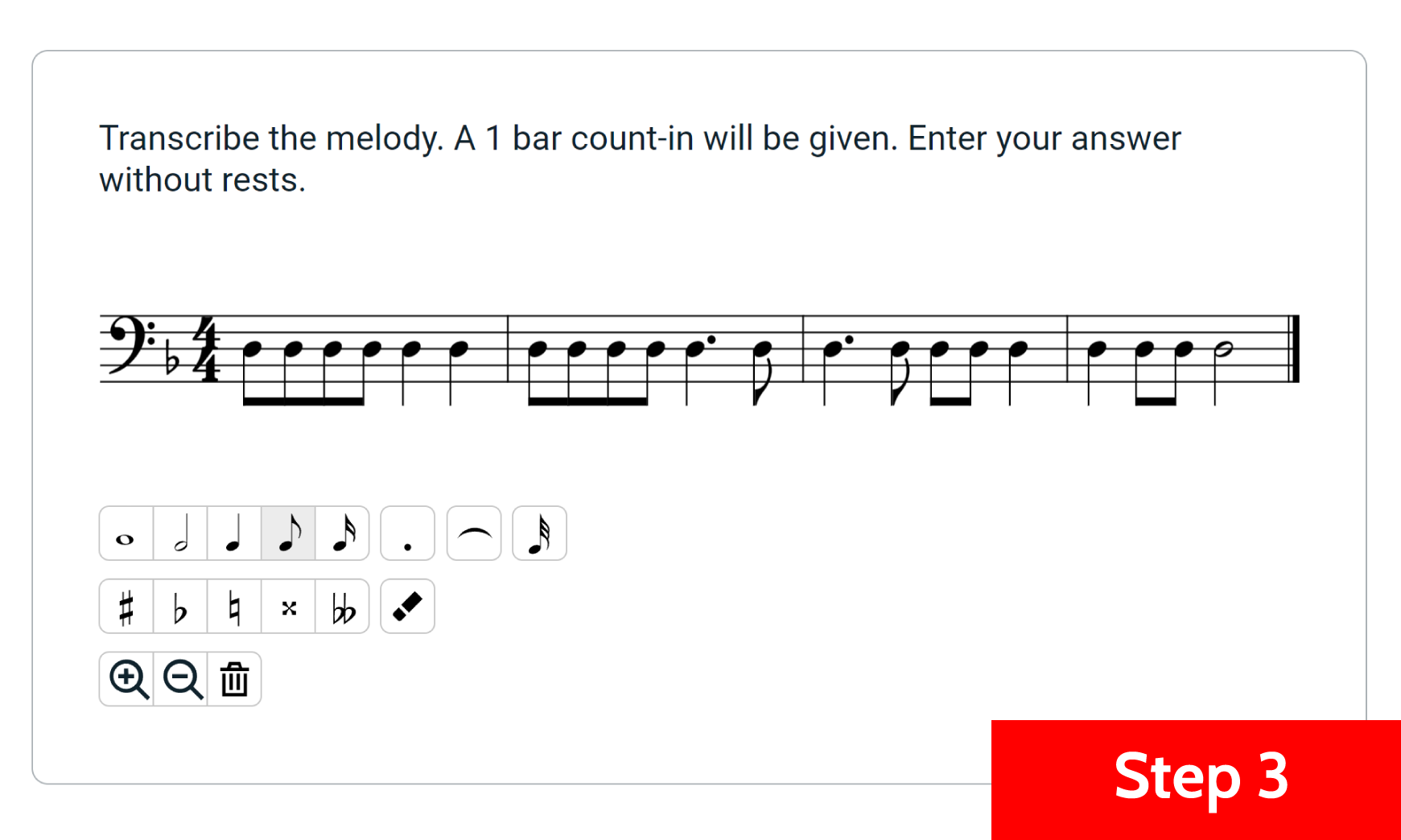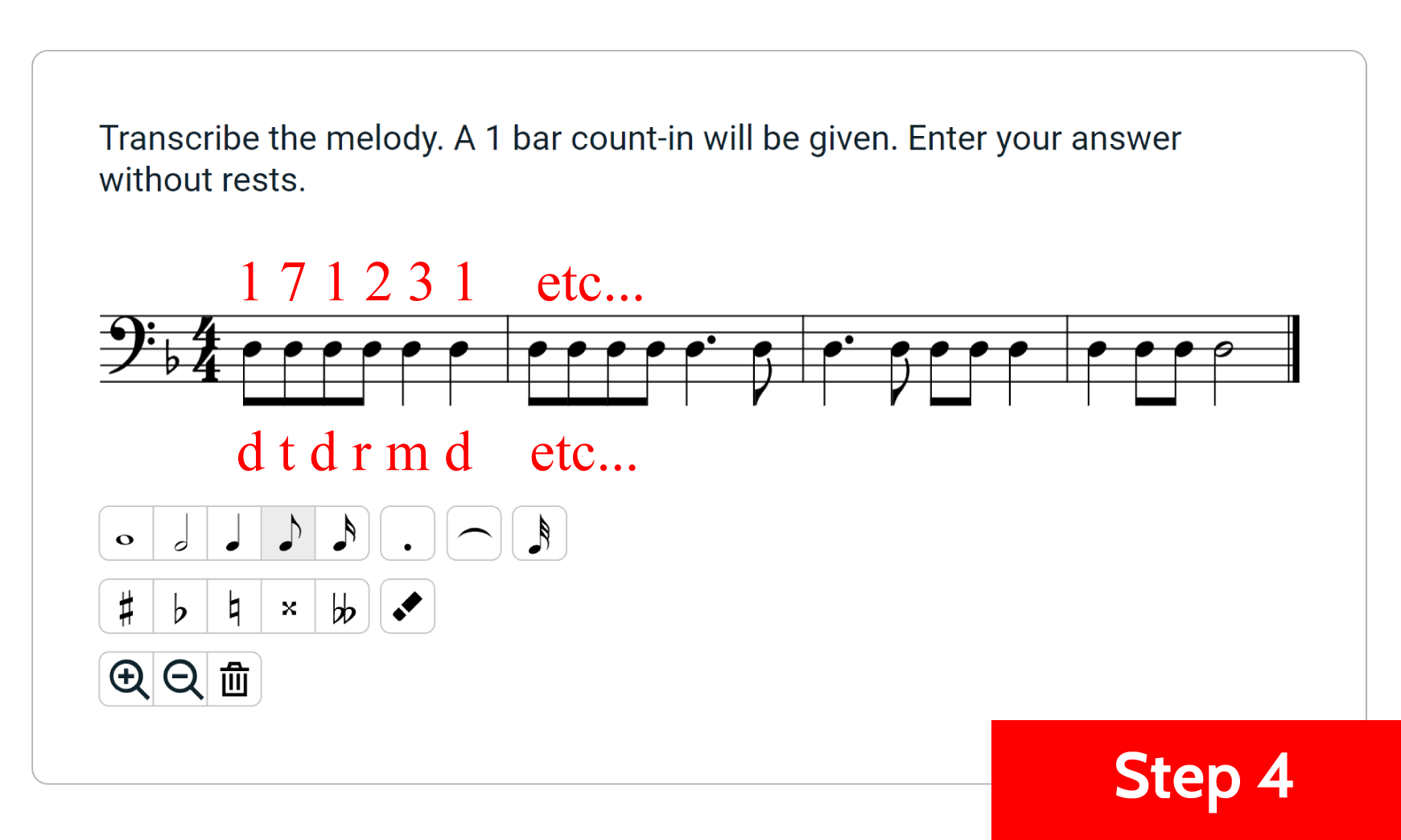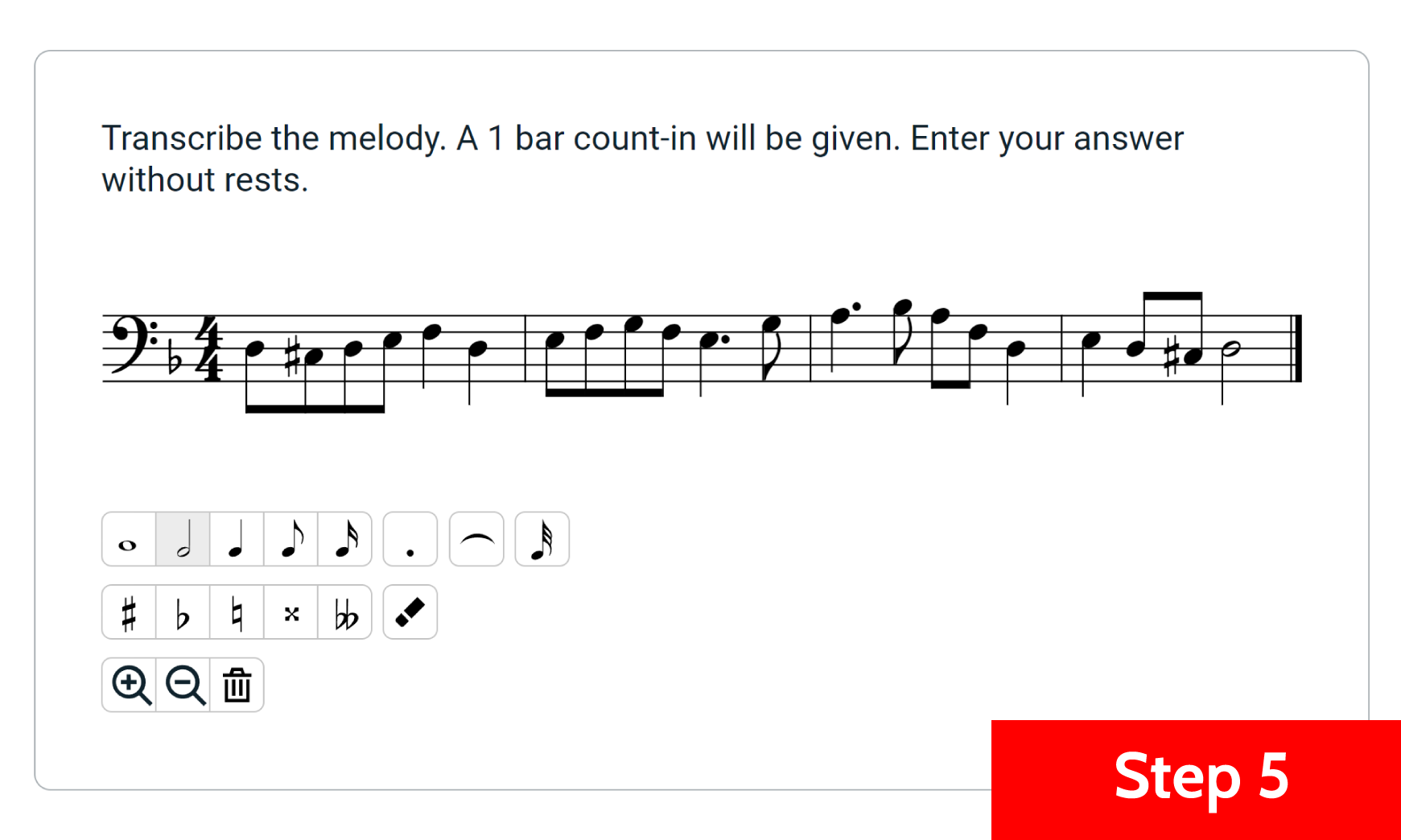Mastering Melodic Dictation: Proven Strategies to Improve Your Skills
Melodic dictation is a valuable skill for any musician. Whether you're a student preparing for an exam or a musician wanting to improve your ear training abilities, there are proven strategies that can help you excel in this area. In this article, we will explore some effective techniques to enhance your melodic dictation skills and develop your musicianship.
What is melodic dictation?
Melodic dictation is the process of notating a played melody 'by ear', without using an instrument or tool to work out the pitches. The beginning stages can be quite challenging, but with strong foundations, you will soon be able to identify the 'color' of each scale degree, understand intervallic relationships and become instantly familiar with common melodic and rhythmic patterns.
Key skills
- 'Working' memory
- Pitch perception & melodic contour
- Scale degree colors & intervallic relationships
- Rhythm patterns & formulae
- Melodic patterns & formulae
- Notation skills
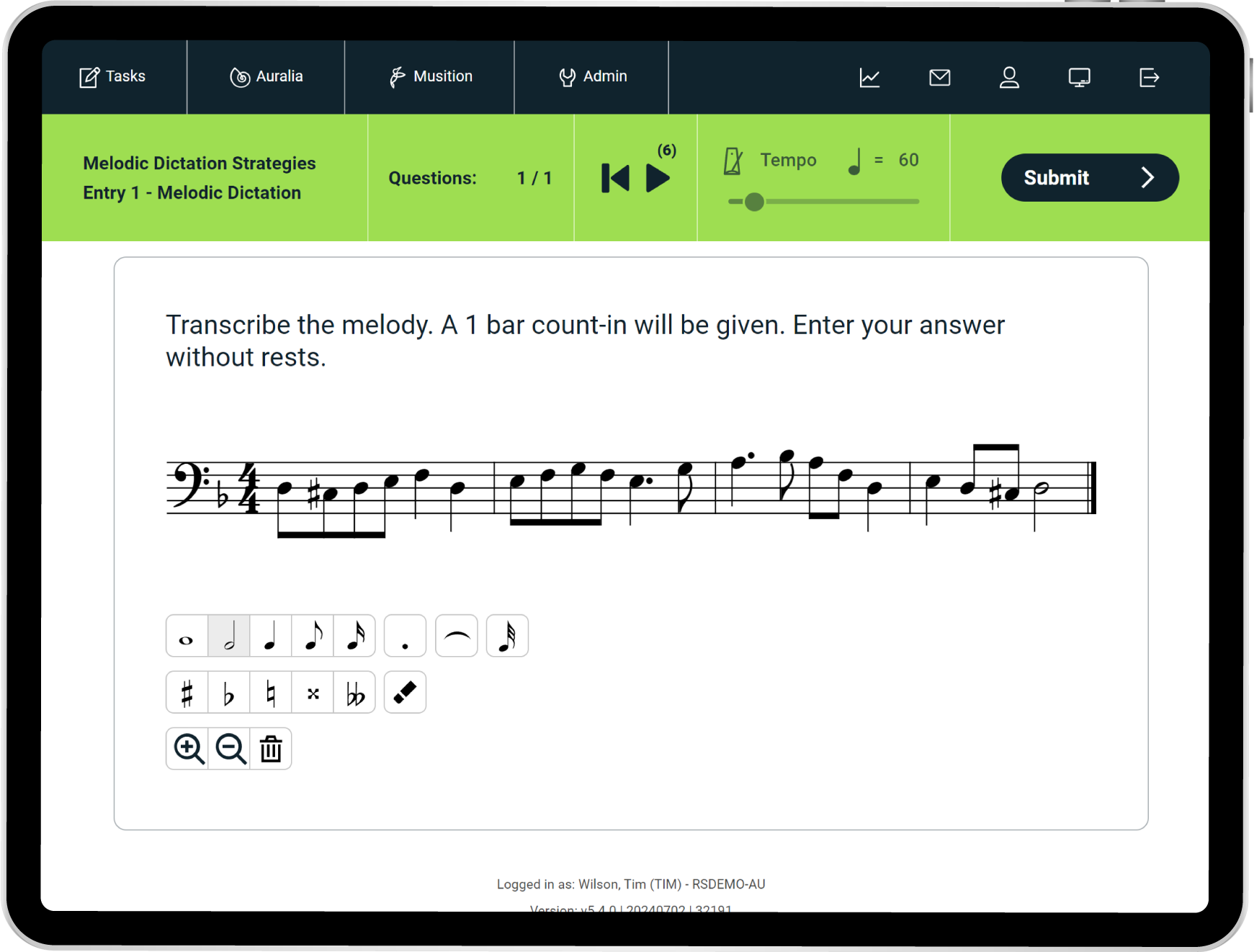
Why is melodic dictation important and how is it useful?
Melodic dictation is a crucial skill for musicians of all levels, from beginners to professionals. Through regular practice, students can train their ears to recognize and internalize musical patterns, intervals, and rhythms. This enhanced aural awareness allows them to better understand the music they are listening to, performing, or composing, leading to more nuanced and expressive musical outcomes.
- Improved sight reading/singing & intonation
- Enhanced improvisations & interactivity
- Fast transcription
- Deeper aural awareness
- More expressive musical outcomes
Melodic Dictation Strategies
The following steps relate to a tonal melodic dictation question where the tonic chord is played, and the meter, key and starting note are given.
Step 1: Before you begin
Review the information that has been given for the question:
- What is the tonic/what key are we in?
- If the key is minor, remember that scale degrees 6 and/or 7 may be raised. You can prepare your 'ears' to listen out for these colors.
- Note the clef and time signature - Imagine the meter and its subdivisions and try to conduct the meter.
Step 2: First listening
- Once the tonic chord plays, try to sing the tonic and then audiate/prehear and then sing the given starting note (which may not be the tonic)
- Once the melody plays, observe the general contour and the rough location of any distinguishing features
Eg target pitches, resting points, stepwise vs skips/leaps melodic motion, chromatic notes, ‘color’ notes like raised scale degrees 6 or 7 as mentioned earlier. - Try to memorize and internalize the melody - Sing it back if possible
- You may like to draw a rough contour line to represent the melodic shape of the melody
Step 3: Take down the rhythm
There are different strategies that are used at this stage, but here is one that is quite commonly adopted:
- Try to take down the entire rhythm before considering the pitches. Listen multiple times if required
- If your instructor has taught you a rhythmic shorthand (Eg protonation, dots/lines) then use that to quickly notate the rhythm
Step 4: Add pitches
Once you have the rhythm sorted, start to identify the pitch of each rhythmic value. This could include using a pitch 'shorthand' like scale degree numbers or solfege syllables.
Step 5: Convert to notation
Take the pitch and rhythm information from steps 3 & 4 and convert it into notation.
Step 6: Check your work
- Sing back the transcribed melody and compare it to the melody that you have hopefully memorized at steps 2-4.
- If you have plays remaining, we'd suggest listening again whilst singing along - it's a great way to check your work!
Melodic Dictation: AP Music Theory
Here's a melodic dictation tutorial excerpt from an AP Music Theory webinar. It focuses on the core steps:
- Step 1: Before you begin
- Step 2: First listening observations
- Step 3: Take down the rhythm
- Step 4: Add pitches
- Step 5: Notate
- Step 6: Check your answer
Alternate Methods
There are many different approaches to melodic dictation. Some other strategies that you may like to consider include:
- Try to notate the start and end of the melody including both rhythm and pitch material, and then work your way towards to the middle of the melody over additional listenings.
- Focus on the melodic contour map and slowly fill in more pitch and rhythm details on each additional listening.
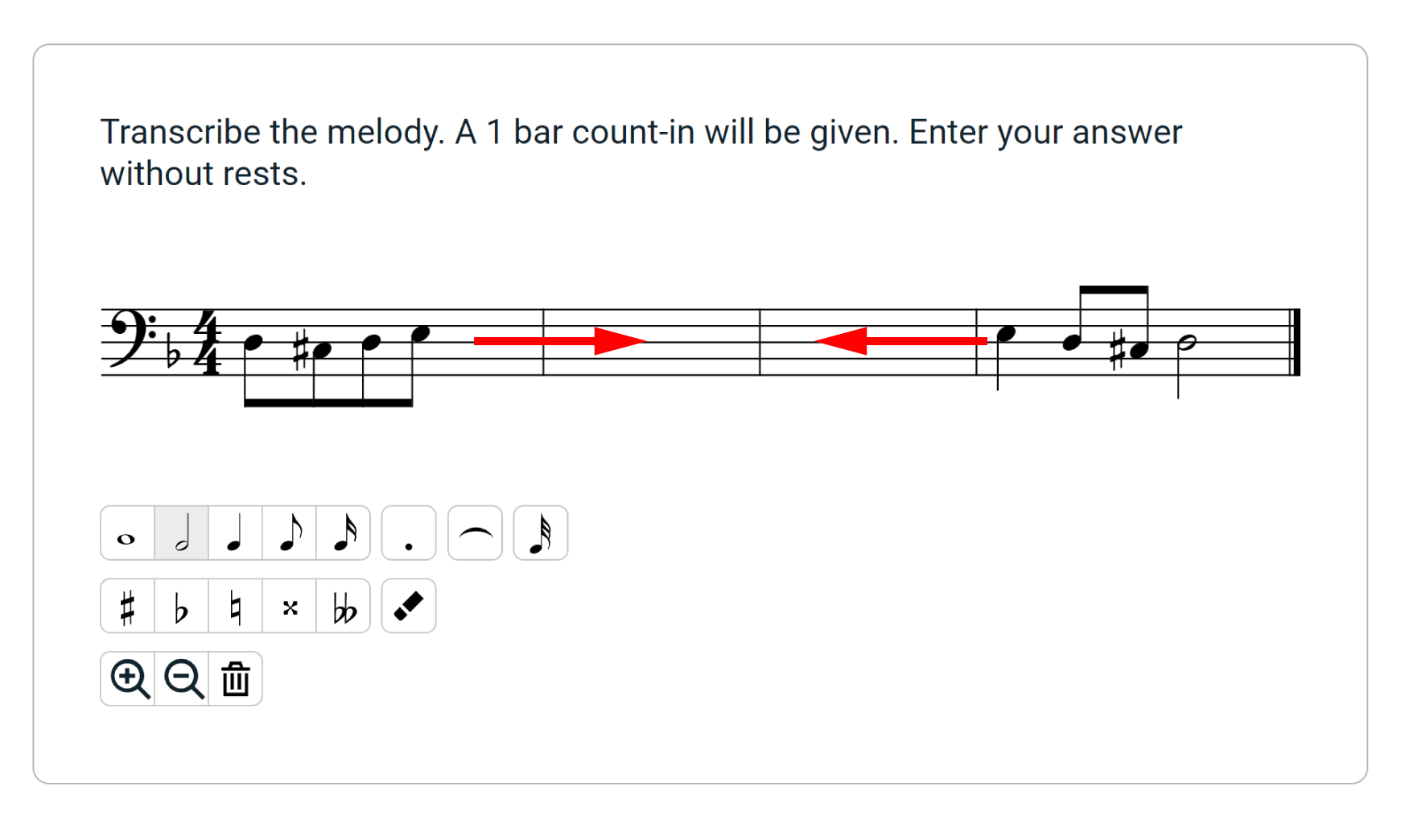
How is melodic dictation different to ‘transcription’?
Whilst there are many shared skills between dictation and transcription, often transcription is considered to be a more ‘open’ task. The replays may not be restricted, and the student may be able to use an instrument to help figure out parts and transcribe the music. Sometimes the transcription may also include notating multiple parts or layers from the recording; melody, chords, bass.
In a jazz context, it is common for a player to learn and memorize a solo on their instrument. This includes not only being able to replicate the pitch and rhythm elements of the recording, but also trying to imitate the sound, phrasing, inflections, time feel and any other performance details.

